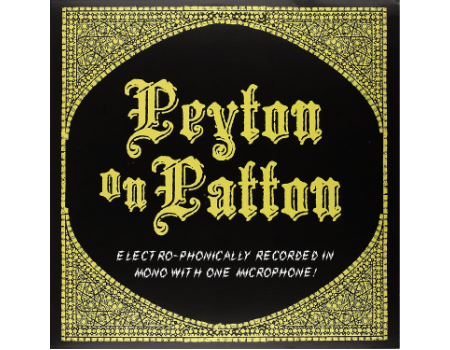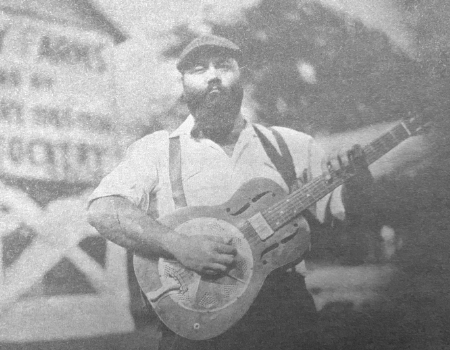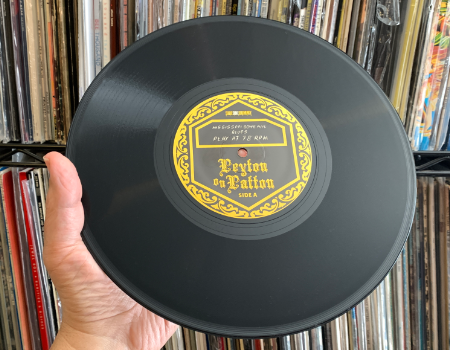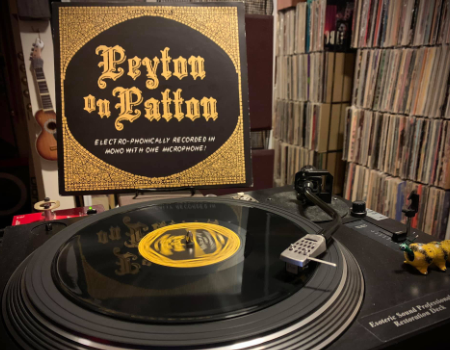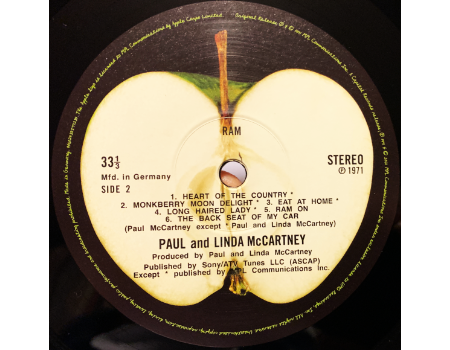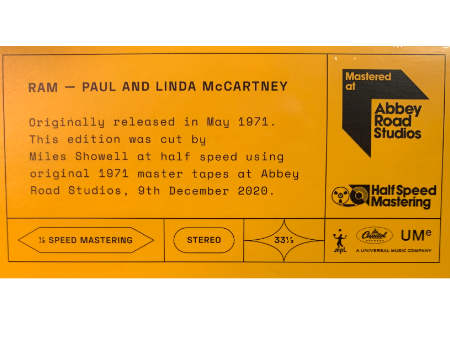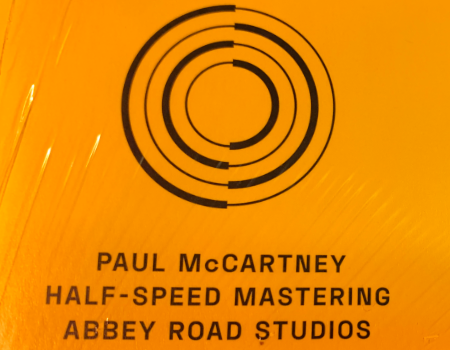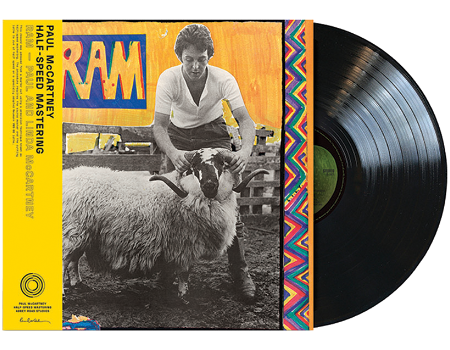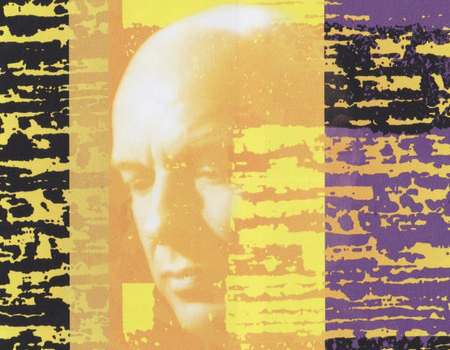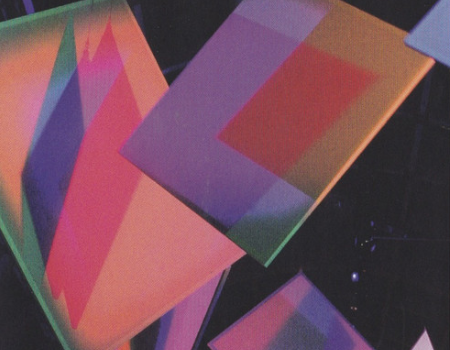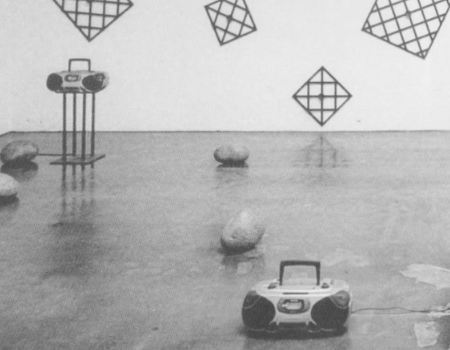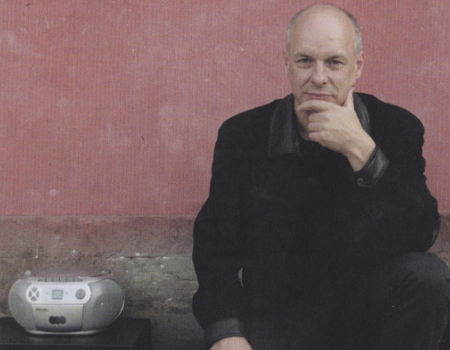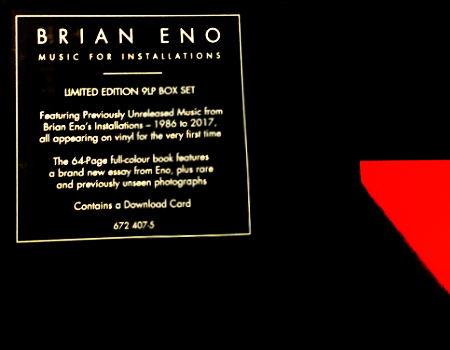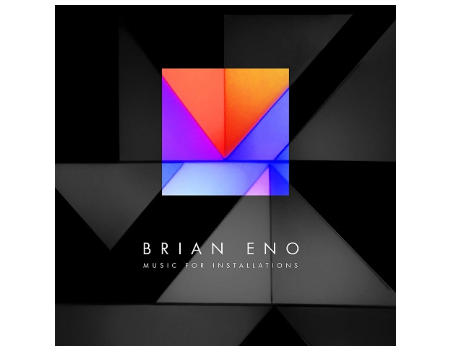-
×
 Audiophile Vinyl Records Cleaning Bundle
1 × €40.00
Audiophile Vinyl Records Cleaning Bundle
1 × €40.00 -
 Vinyl Records Cleaner Easy Groove Concentrate
1 × €25.00
Vinyl Records Cleaner Easy Groove Concentrate
1 × €25.00 -
 Easy Groove Enzycaster - vinyl records prewash cleaner
1 × €25.00
Easy Groove Enzycaster - vinyl records prewash cleaner
1 × €25.00 -
×
 Easy Groove Spray&Wipe vinyl records cleaner
1 × €25.00
Easy Groove Spray&Wipe vinyl records cleaner
1 × €25.00
Before I get into the reviews of this fine eight-album (11 discs!) super deluxe boxed set from the good folks at Vinyl Me, Please (VMP) — The Story Of Herbie Hancock, curated by the artist himself! — I thought it might be wise to address some concerns that quite a number of vinyl fans have directed towards me when I’ve previously discussed these fancy collections. Notably, there seems to be a perception that VMP sets are very expensive. On the surface, I might have agreed, but I decided to do a little informal research on the Interwebs, searching for comparable “near mint,” new or sealed original editions where possible to see how the numbers added up.
And you know what? The Story Of Herbie Hancock set came out about the same and depending on which editions you bought, probably cheaper — remember that some of the albums in the set (The Piano, Live Under The Sky) were only released in Japan at the time so you’d need to add in the costs of shipping from overseas in those instances.
Speaking of Live Under The Sky, the version in this set is an exclusive: featuring Herbie’s supergroup V.S.O.P. (Ron Carter, Wayne Shorter, Freddie Hubbard and Tony Williams), the album has been resequenced with a new song added to it at Herbie’s request. Also, if I’m not mistaken as I have not found listings on Discogs or other popular record collectors websites, this may mark the first time the collaboration with Wayne Shorter, called 1+1, has been issued on vinyl!
Without a doubt, the packaging on these VMP editions are far superior to the originals, printed on thick cardboard stock and laminated (similar to the Blue Note Tone Poets and Verve Acoustic Sounds editions). Headhunters looks especially beautiful in that way — the cover art pops! Additionally, you get a lovely LP sized booklet with detailed information on each of the albums.
All eight albums in The Story Of Herbie Hancock feature lacquers cut by the legendary Bernie Grundman at Bernie Grundman Mastering in Hollywood, CA. Takin’ Off, Maiden Voyage, Head Hunters, The Piano and Future Shock were cut AAA from analog tapes. 1+1, and River: The Joni Letters, which were recorded digitally, and Live Under the Sky — again, resequenced at Herbie’s request — come from master digital audio. The albums were plated at RTI, and pressed at GZ on black 180g vinyl.
Adding to the value for the price of admission you also get access to five exclusive podcasts including talks with Herbie himself as well as Wayne Shorter and others. You also get access to AMA (Ask Me Anything) video sessions which may include special guests.
For these reviews, I will start with the beginning of my personal Herbie Hancock journey, his landmark mid-60s release Maiden Voyage.
While I love this album, my travelogue with Maiden Voyage hasn’t exactly been stellar from an audiophile perspective. One of my brothers had an early 70s pressing on the blue-colored Blue Note label, so that is where I first came on board the Herbie Hancock mothership. I had a later reissue at one point that was ok but then I found a somewhat better late ‘60s pressing (Liberty Records-era but with the classic blue-and-white Blue Note label, for those of you who follow this sort of detail) which sounded pretty good. Except, it had one side that was just off-center enough to be problematic (so I always planned to upgrade again at some point).
That said, this new edition easily surpasses my original RVG pressing. It is dead quiet and perfectly centered. The mastering is a bit quieter than my old copy so I had to turn up the amp a little bit when I switched discs, but this revealed more air and dynamics without sounding awkward. In fact, Maiden Voyage here sounds exactly how it should sound: gorgeous. Freddie Hubbard’s trumpet is fat and round. Tony Williams’ drums are crisp yet they never step on the other instruments — the cymbals decay naturally and you can almost feel the tang of the brass. Herbie’s piano sounds rich and woody (and thankfully not boxy as some RVG recordings can be).
This version of Maiden Voyage is golden as far as I can tell. In fact, I don’t think I need to keep my original anymore, this is so much of an improvement for me. The laminated cover is also far superior to the original. A winner.
While we’re in the land of Blue Notes, I thought it made sense to explore Mr. Hancock’s debut solo album, Takin’ Off. For this, I invested a little extra time and money as (believe it or not, I really never owned this album on vinyl – gasp, I know) and didn’t have an equal point of reference handy. So while I didn’t have $500 handy to invest in original 1962 edition (click here for that), I went out and purchased one of the new Blue Note reissues (for about $27). Ideally, these records should sound the same, but actually, the didn’t. In record-collector’s rule-of-thumb theorizing, the non-VMP edition should sound better as it was pressed in Germany. It didn’t. And the VMP packaging is markedly better (laminated, thick brown cardboard stock) than the standard edition (thin white oaktag, non-laminated).
What gives?
Well, first off there is Bernie Grundman’s mastering which delivers a warmer more analog feeling vibe that rings true to the aesthetic of Rudy Van Gelder’s original recordings. From the opening notes of “Watermelon Man,” the the whole vibe feels rich. The horns sound rounder, the cymbals shimmer without being harsh and the piano feels appropriately woody. On the German pressing, everything feels awash in a bit of brightness. Don’t get me wrong, it sounds good. But this VMP edition sounds great and feels more true, like the sound I would expect from a great Blue Note release. And, again, the cover art just looks and feels like a higher quality production.
In the next edition of my exploration The Story Of Herbie Hancock I’ll explore Headhunters and River : The Joni Letters and more… stay tuned…

 Vinyl Records Cleaner Easy Groove Concentrate
Vinyl Records Cleaner Easy Groove Concentrate  Easy Groove Enzycaster - vinyl records prewash cleaner
Easy Groove Enzycaster - vinyl records prewash cleaner  Easy Groove Spray&Wipe vinyl records cleaner
Easy Groove Spray&Wipe vinyl records cleaner 
















